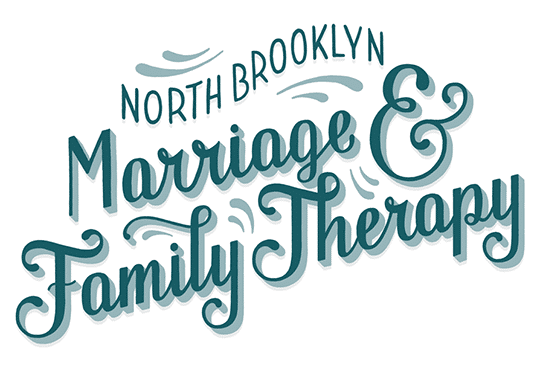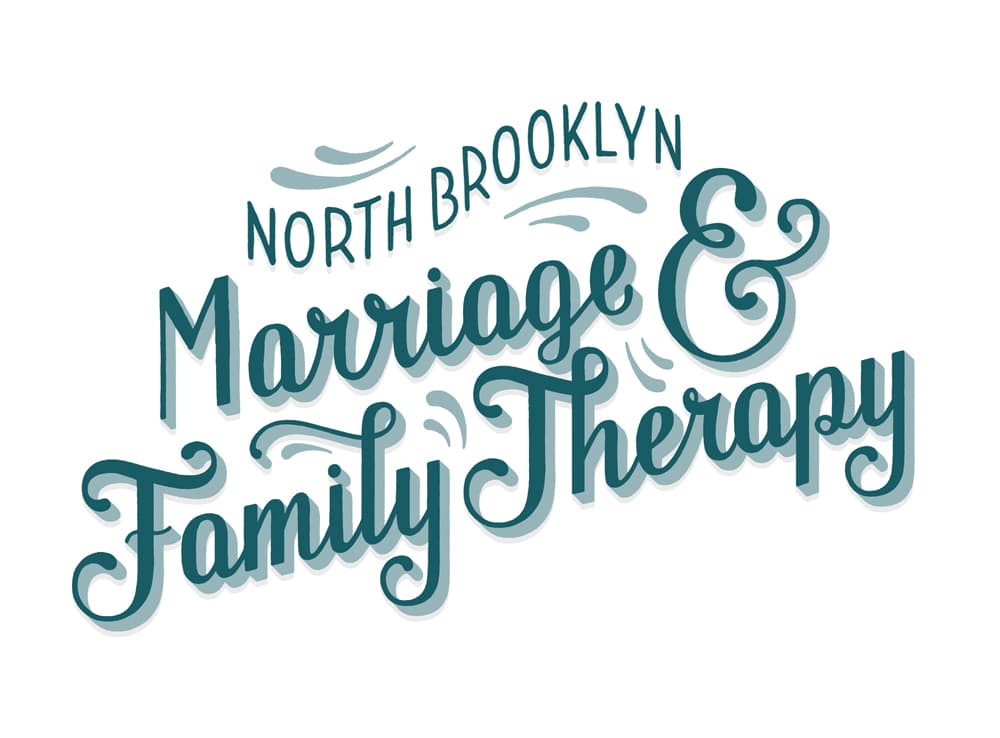What to Expect in Couples Therapy
What to Expect in Couples Therapy What Is Couples Therapy Like? Couples therapy is similar to a finely stocked toolbox for relationships—a resource brimming with essential tools to mend, strengthen, and refine your partnership. If the prospect of embarking on … Read More


